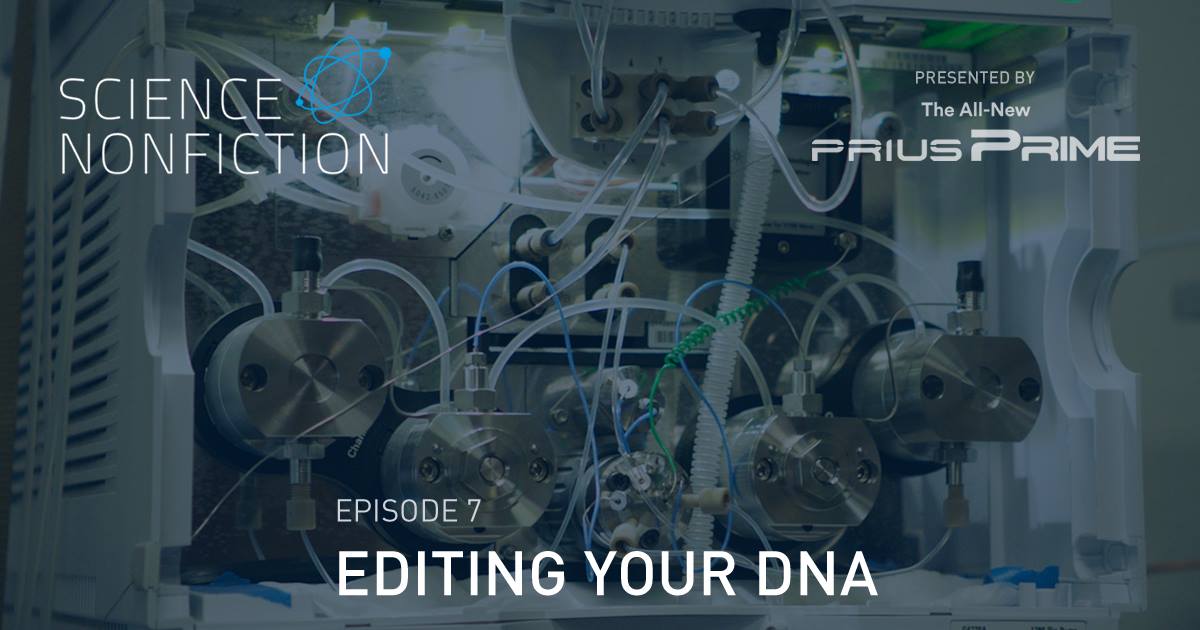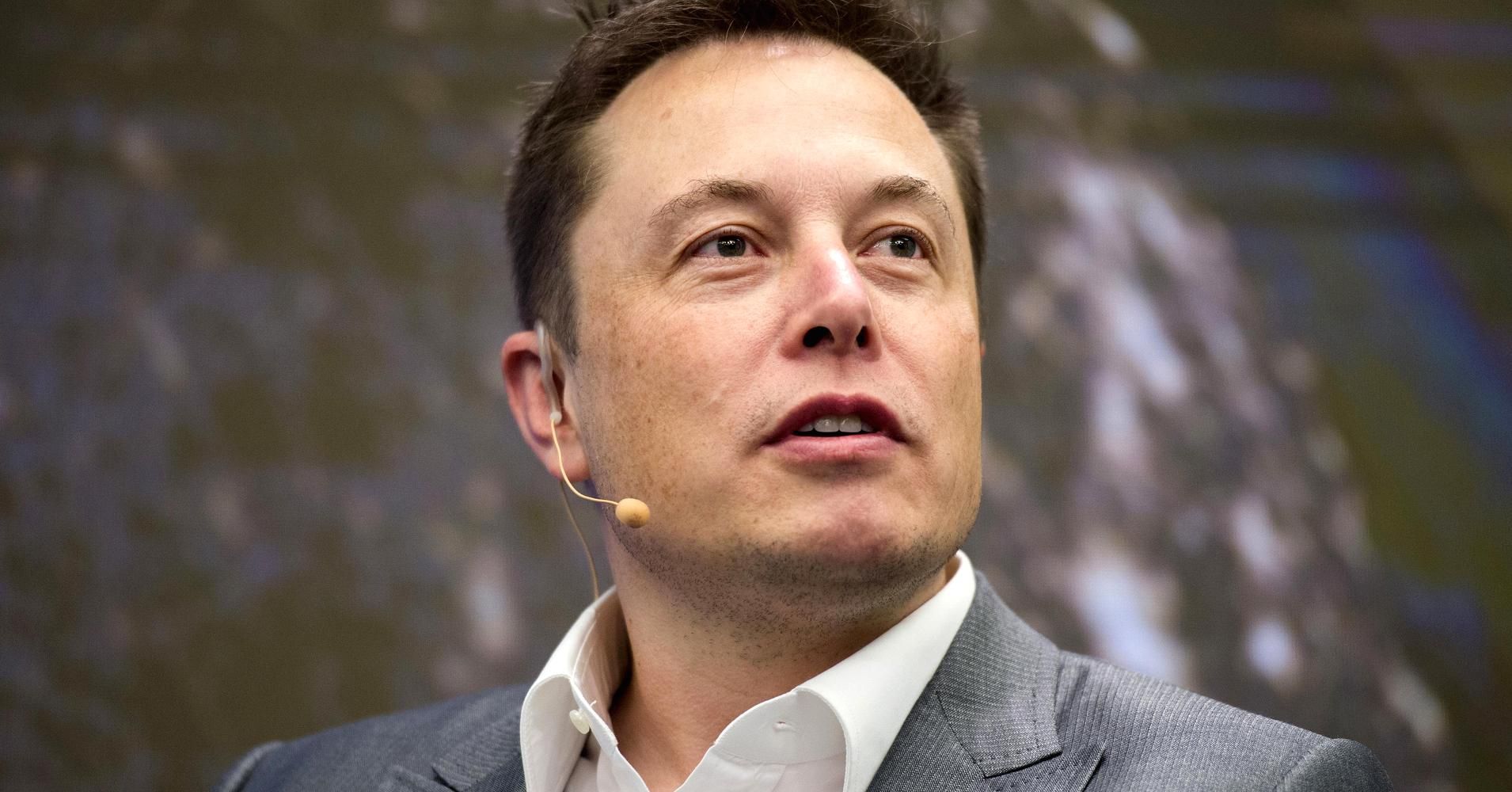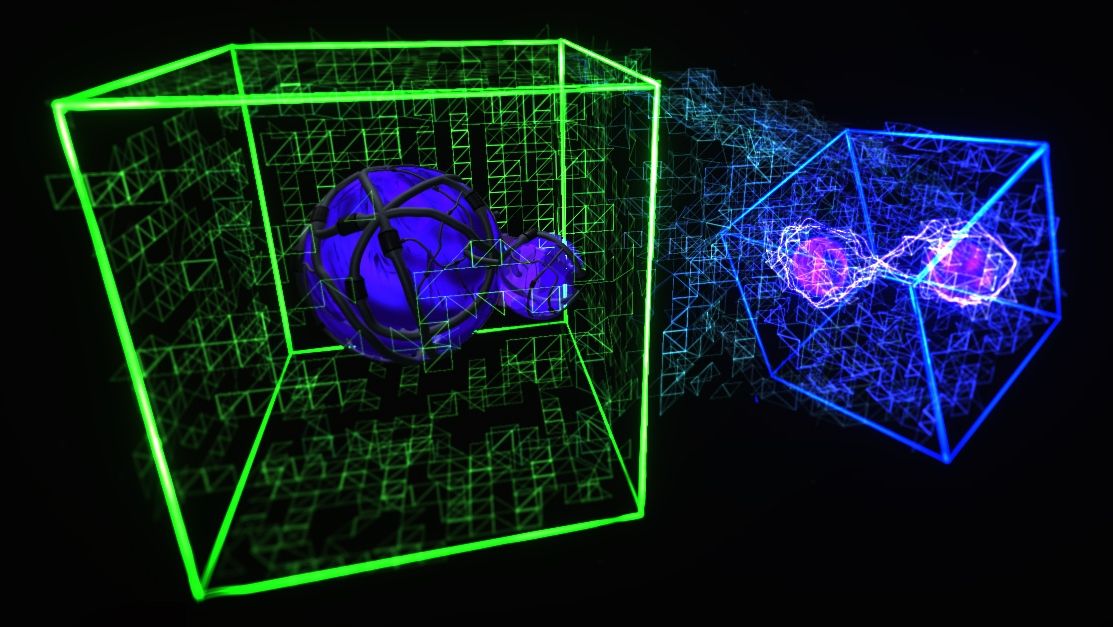SpaceX founder Elon Musk has laid out predictions for a near-future where humans live among the stars and a dystopian-like employment crisis hits parts the world, because of advanced robot technology.
Get the latest international news and world events from around the world.


Google’s “DeepMind‘ AI Understands The Benefits Of Betrayal
It’s looking increasingly likely that artificial intelligence (AI) will be the harbinger of the next technological revolution. When it develops to the point wherein it is able to learn, think, and even “feel” without the input of a human – a truly “smart” AI – then everything we know will change, almost overnight.
That’s why it’s so interesting to keep track of major milestones in the development of AIs that exist today, including that of Google’s DeepMind neural network. It’s already besting humanity in the gaming world, and a new in-house study reveals that Google is decidedly unsure whether or not the AI tends to prefer cooperative behaviors over aggressive, competitive ones.
A team of Google acolytes set up two relatively simple scenarios in which to test whether neural networks are more likely to work together or destroy each other when faced with a resource problem. The first situation, entitled “Gathering”, involved two versions of DeepMind – Red and Blue – being given the task of harvesting green “apples” from within a confined space.
Ghost in the Shell Theatrical Trailer
Theatrical Trailer for Ghost in the Shell.
Cyborg counter-cyberterrorist field commander The Major (Scarlett Johansson) and her task force Section 9 thwart cyber criminals and hackers. Now, they must face a new enemy who will stop at nothing to sabotage Hanka Robotics’ artificial intelligence technology.
The film is loosely based on Ghost in the Shell (manga), a seinen manga series written and illustrated by Masamune Shirowback in 1989.

Up, up and away: Passenger-carrying drone to fly in Dubai
DUBAI, United Arab Emirates (AP) — Up, up and away: Dubai hopes to have a passenger-carrying drone regularly buzzing through the skyline of this futuristic city-state in July.
The arrival of the Chinese-made EHang 184 — which already has had its flying debut over Dubai’s iconic, sail-shaped Burj al-Arab skyscraper hotel — comes as the Emirati city also has partnered with other cutting-edge technology companies, including Hyperloop One.
The question is whether the egg-shaped, four-legged craft will really take off as a transportation alternative in this car-clogged city already home to the world’s longest driverless metro line.
Here’s a glimpse of China’s new Tianzhou-1 cargo spacecraft
A state media video report offers rare footage of China’s Tianzhou-1 cargo and resupply spacecraft, which will launch in April to test refuelling technology needed for the country’s plan for a large space station.
The video shows what is China’s first such spacecraft undergoing development and testing at the AIT facility in Tianjin, North China, as well as 3D renderings of Tianzhou-1 docking with the Tiangong-2 space lab.
The main objective of the Tianzhou-1 mission is to test and verify on-orbit transfer of liquid propellant in microgravity to Tiangong-2, which late last year hosted two astronauts for China’s longest human spaceflight mission so far.
We wouldn’t be able to pay the pensions
How rejuvenation could help solve the problem of pensions.
I’m sure the pension argument may seem the secret weapon of the opponents of rejuvenation, probably together with the dreaded spectre of overpopulation. However, that of pensions is an argument for of rejuvention, not against.
Let’s recap what’s the deal with pensions as things stand. When people reach the age of 65 or so, they retire (that is, they stop working and produce zero wealth) and receive a pension (aka free money) from the State. In theory, a pension is something you’ve already earned when you were young and working, and the State only gives you back the money it has kept on a side for you all your life; in practice, it seems the pension system may run out of money fairly soon both in US and possibly in Europe, and it may face a serious crisis around 2050, when the number of 80-year-old people and older is expected to be around five times as high as it is now. We’re gonna have one hell of a hard time paying all those pensions.
As a matter of fact, we are already having problems paying pensions. Retirement age is slowly getting higher all around the world, both for men and women, and not just because people in their sixties these days are a bit better than they used to be when my grandfather was young. Obviously, the later they retire the longer they will produce wealth for, and the later the State will have to start paying them money for the rest of their lives. Since human healthspan is not going to increase much at all until we implement rejuvenation therapies, the deal boils down to this: You work for longer in an increasingly crappy health condition, and retire and start receiving your pension later than people from previous generations did. Now that is one pretty bad deal.

Elon Musk: Humans must merge with machines or become irrelevant in AI age
Billionaire Elon Musk is known for his futuristic ideas and his latest suggestion might just save us from being irrelevant as artificial intelligence (AI) grows more prominent.
The Tesla and SpaceX CEO said on Monday that humans need to merge with machines to become a sort of cyborg.
“Over time I think we will probably see a closer merger of biological intelligence and digital intelligence,” Musk told an audience at the World Government Summit in Dubai, where he also launched Tesla in the United Arab Emirates (UAE).

Will androids dream of quantum sheep?
Quantum replicants of responsive systems can be more efficient than classical models, say researchers from the Centre for Quantum Technologies in Singapore, because classical models have to store more past information than is necessary to simulate the future. They have published their findings in npj Quantum Information.
The word ‘replicant’ evokes thoughts of a sci-fi world where society has replaced common creatures with artificial machines that replicate their behaviour. Now researchers from Singapore have shown that if such machines are ever created, they’ll run more efficiently if they harness quantum theory to respond to the environment.
This follows the findings of a team from the Centre for Quantum Technologies (CQT), published 10 February in npj Quantum Information. The team investigated ‘input-output processes’, assessing the mathematical framework used to describe arbitrary devices that make future decisions based on stimuli received from the environment. In almost all cases, they found, a quantum device is more efficient because classical devices have to store more past information than is necessary to simulate the future.